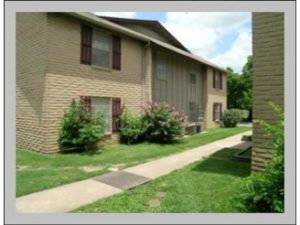 If you own a small multifamily property—now, more than ever—it’s good to be you. For the better part of a decade, a robust multifamily market has delivered low vacancies and higher rents. Post-recession, 2015 has been the strongest year for the rental market so far1.
If you own a small multifamily property—now, more than ever—it’s good to be you. For the better part of a decade, a robust multifamily market has delivered low vacancies and higher rents. Post-recession, 2015 has been the strongest year for the rental market so far1.
With apartment values up more than 120 percent since the end of 20092, lenders are sharpening their pencils to meet another growing demand: owners of small apartment communities looking to capture market improvements by refinancing.
Indeed, now is a great time for a mortgage reboot, especially if your loan was originated in more difficult economic times. Multifamily market growth is ongoing and rates are still near historic lows. Without the right preparation, though, you could find yourself short-changed.
Here are five tips to help you put the most cash in your pocket:
1. Aim for Accuracy.
Keeping accurate financial statements for your property is essential. If your records are spotty, it’s difficult for lenders to accurately size a loan, which could reduce the cash you take away from the deal. To get the most bang for your buck, make sure you have at least three years of historical annual operating financial statements and monthly rent rolls. If you made any capital improvements in the past, be sure you include explanations on your statements.
View entire article here in National Real Estate Investor
To find out more about our multifamily financing options click here or visit us at Liberty Realty Capital.


